
Since Japan began releasing contaminated water from its nuclear facilities into the ocean, some people have grown wary of seafood due to concerns about nuclear pollution. But fret not, because the Chinese on the edge of the desert are reaping a bountiful harvest of seafood!

In recent times, Xinjiang has witnessed a seafood bonanza. Fresh and delicious aquatic delights such as South American white shrimp, Australian freshwater lobsters, salmon, and large crabs are not only finding their way to tables across the nation but are also being exported to Russia and various Southeast Asian countries.
1. Makit County: Australian freshwater lobsters
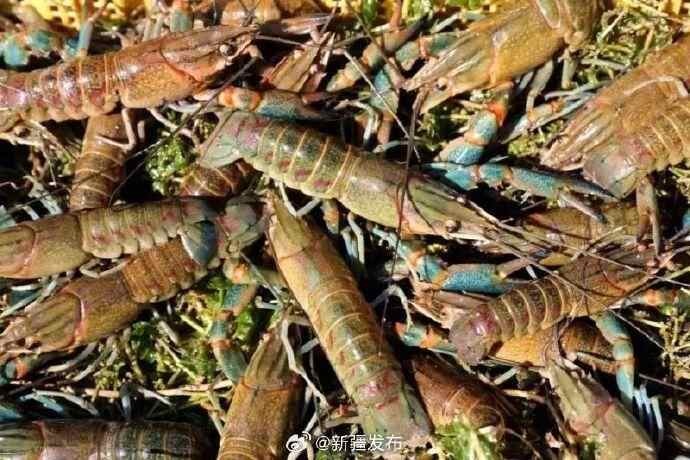
Australian freshwater lobsters, cloaked in their brown-green "armor," are originally from Australia and are considered one of the prized species in freshwater aquaculture.

Makit County, situated on the southwestern edge of Xinjiang, on the eastern side of the Kashgar region, with over 90% of its land covered by the Taklamakan Desert, may seem unrelated to these lobsters.
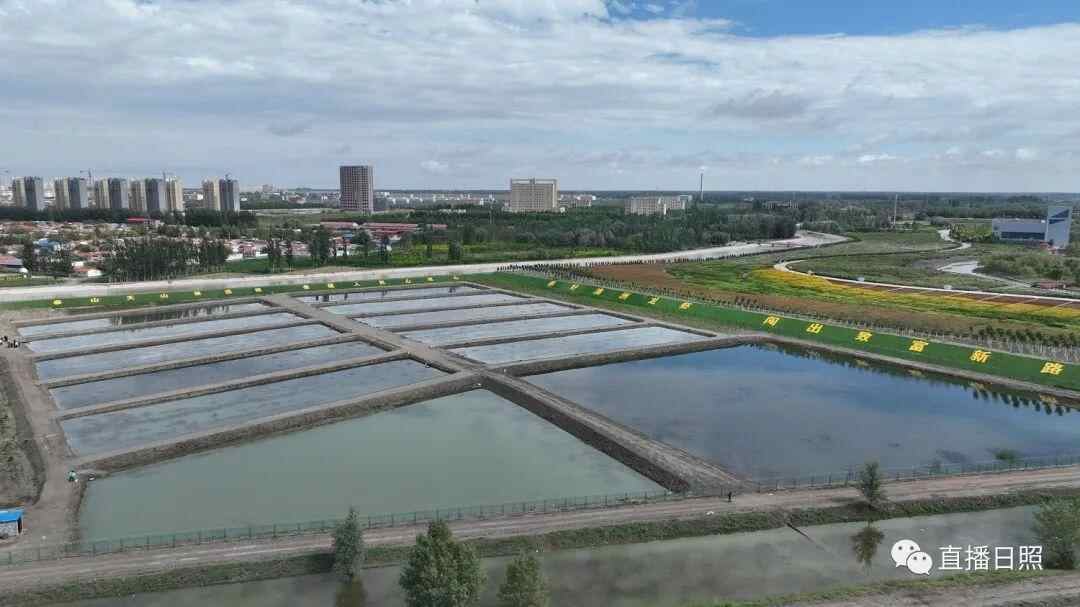
However, in late 2020, as part of an initiative led by Zang Yundong, an official from Rizhao City, in collaboration with a team of professors led by Associate Professor Fu Ning from Rizhao Vocational and Technical College, the county released over 110,000 lobster juveniles into ten local breeding ponds. They overcame technical challenges like the intrusion of suspended matter and soil alkalinization, resulting in a comprehensive harvest from large-scale aquaculture. This initiative has also led to the establishment of three breeding bases and 150 acres of aquaculture area, supporting a population of 200,000 lobsters.
2. Qapqal Xibe Autonomous County: giant freshwater prawns
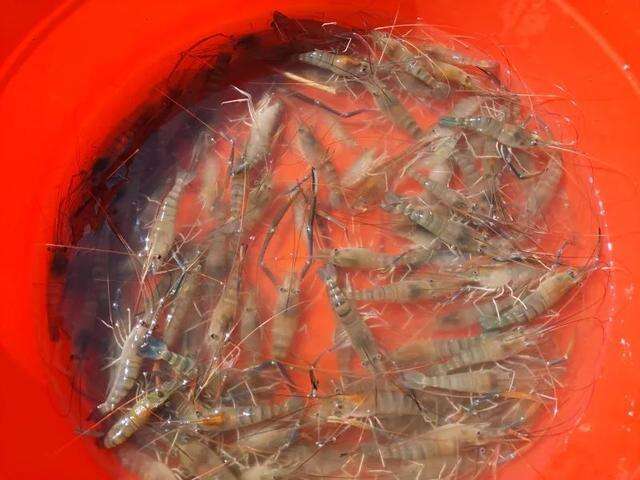
Giant freshwater prawn, native to Southeast Asia, is known as the "king of freshwater shrimp" due to its high requirements for water quality, feed, and climate.
Coincidentally, a village in Qapqal Xibe Autonomous County boasts an ideal climate and water quality for breeding the prawn. The pristine water quality in the area has allowed it to thrive and grow healthily.
3. Midong District: South American White Shrimp
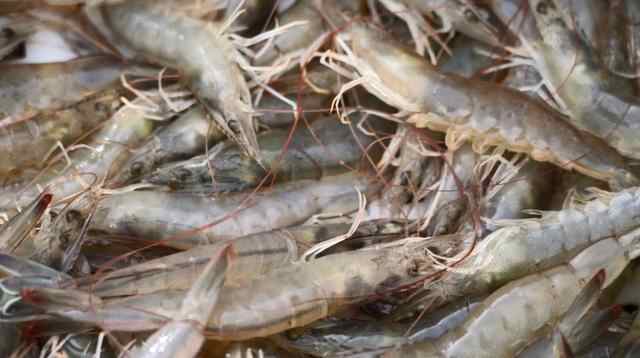
With ten freshwater shrimp ponds spanning over 100 acres, a village in Urumqi's Midong District produces over 50 tons of South American white shrimp annually.

Local farmers are currently busy catching and selling these fresh catches. As soon as the South American white shrimp are hauled ashore, eager customers rush in to purchase them, often selling out quickly.
4. Nilka County: salmon
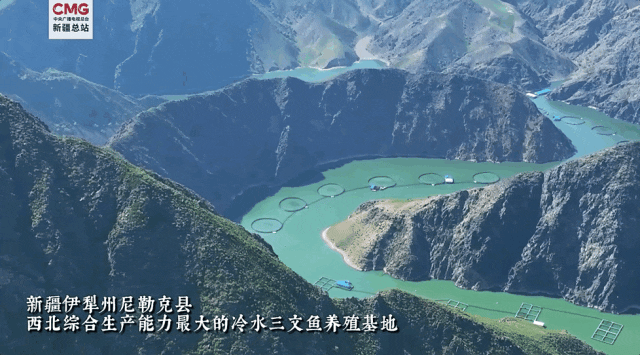
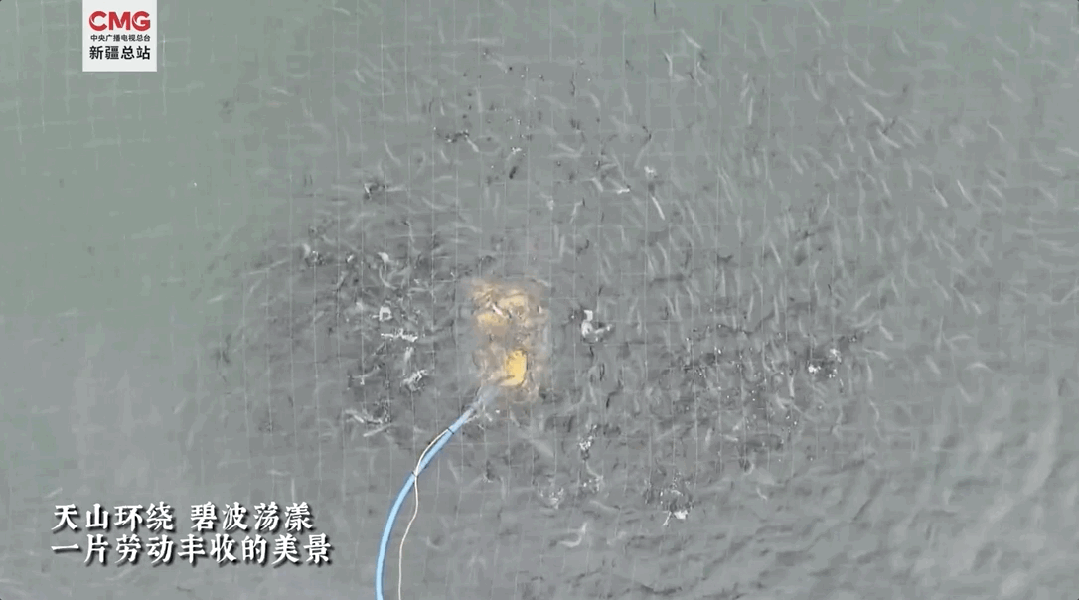
The Kashgar River is fed by glacial meltwater from the Tianshan Mountains, with the temperature of water 6 meters below the surface remaining lower than 10°C throughout the year.
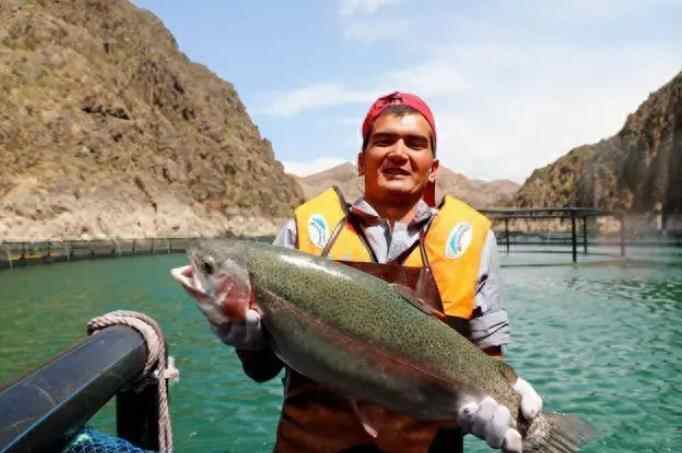
On November 1, 2022, 1.6 million salmon eggs from Denmark made their way to Nilka County in the Ili Kazak Autonomous Prefecture of Xinjiang, crossing oceans to reach this distant region. This initiative not only ensures that Xinjiang's residents, even the farthest from the sea, can enjoy fresh salmon but also promotes salmon farming throughout the country. Currently, Xinjiang accounts for 15% of the country's inland salmon production. This year, the county aims to produce 6,000 tons of salmon.
5. Bohu County: crabs
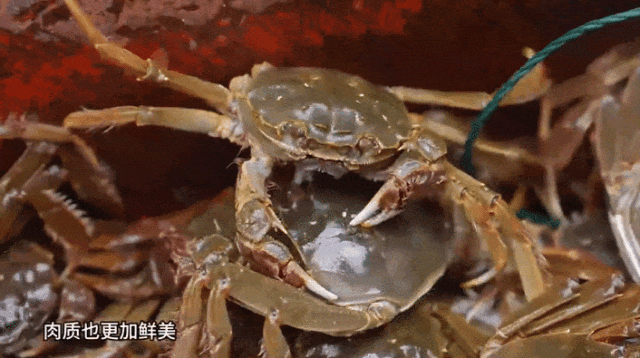
At present, the largest inland freshwater lake in China, Bosten Lake in Bohu County, Xinjiang, is experiencing a bountiful crab harvest season. On the lake covering an area of 1,646 square kilometers, fishing boats are busy navigating the waters.
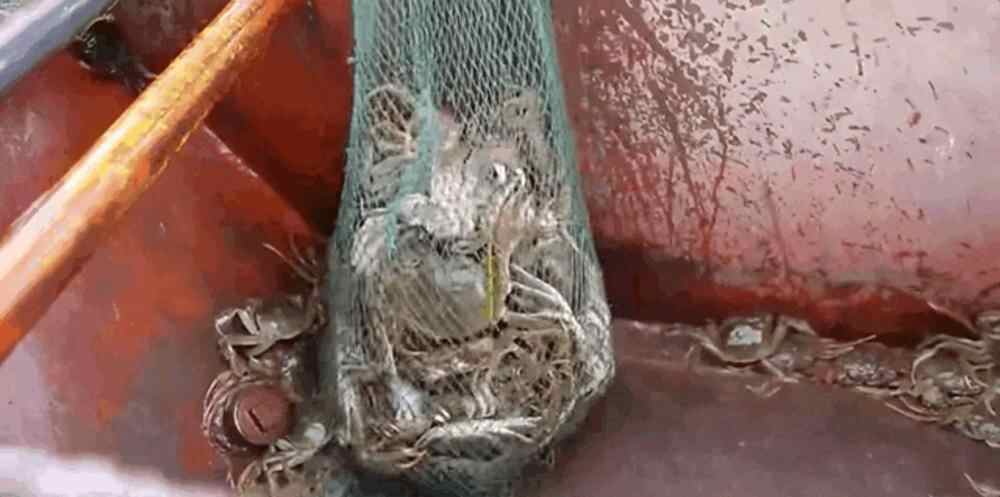
Abundant feed and an ecological farming model known as "released by people, nurtured by nature" have contributed to the tender and flavorful crab meat, along with ample crab roe. These products are being exported to major cities beyond Xinjiang, and the annual production of aquatic products in the area ranges from 4,000 to 5,000 tons.

China's significant investments in agricultural technology are unlocking boundless potential in every corner of the nation. In the future, seafood produced in Xinjiang might become a staple on people's tables on a massive scale.
离海最远的海鲜!中国人在沙漠边缘养殖海洋水产
日本核污染水排海以来,令部分人因担心海洋核污染而对海鲜望而却步。别担心,中国人在沙漠边缘也收获了大量海鲜!
近期,新疆“海鲜”迎来大丰收。南美白对虾、澳洲淡水龙虾、三文鱼、大螃蟹等鲜活美味的水产,不仅销往全国,甚至还出口俄罗斯、东南亚各国。
1.麦盖提县:澳洲淡水龙虾
身披褐绿色“外衣”的澳洲淡水龙虾,原产于澳大利亚,是名贵的淡水经济虾种之一。
麦盖提县,位于新疆西南部、喀什地区东部、塔克拉玛干沙漠西南边缘,沙漠面积占全县面积90%以上。
看似毫无干系的两者,如何结缘?2020年底,日照市援疆干部臧运东与日照职业技术学院付宁副教授团队合作,在当地10个养殖池内投放虾苗11万余尾,克服了浮游物入侵、土壤返碱等技术难题,规模养殖获得全面丰收。同时,带动麦盖提县形成了3处养殖基地、150亩养殖水面、20万尾的养殖规模。
2.察布查尔锡伯自治县:罗氏沼虾
原产于东南亚的罗氏沼虾,对水质、饲料、气候等饲养条件要求颇高,因此被誉为“淡水虾王”。
巧合的是,察布查尔锡伯自治县坎乡库勒特克其村,恰巧拥有得天独厚的气候和水质养殖条件。当地水质清澈,罗氏沼虾在这“安家落户”,健康生长。
3.米东区协标工村:南美白对虾
10个淡水虾塘,水产面积100余亩,年产南美白对虾50余吨。这是乌鲁木齐市米东区协标工村的养殖规模。
起网、分拣、称重、打包……近日,当地养殖户们正忙着捕虾上市销售。南美白对虾刚被捕捞上岸,前来购买的客人便将其抢购一空。
4.尼勒克县:三文鱼
喀什河流淌着的天山冰川雪水,水深6米以下水温常年保持在10℃以下。
2022年11月1日,160万粒三文鱼鱼卵从丹麦漂洋过海,抵达新疆伊犁哈萨克自治州尼勒克县。这一举措,不仅让离海最远的新疆人吃上了新鲜的三文鱼,还让三文鱼“跃”出天山走向了全国各地。目前,新疆三文鱼产量已占全国内陆产量的15%。今年,尼勒克县三文鱼预计实现6000吨量产的目标。
5.博湖县:螃蟹
眼下,我国最大的内陆淡水湖——新疆博湖县博斯腾湖迎来螃蟹丰收季。1646平方公里的湖面渔船穿梭,一派忙碌景象。
当地湖水饵料丰富,依托“人放天养”的生态养殖模式,博斯腾湖出产的螃蟹肉质滑嫩、蟹黄饱满,远销疆外各大城市。据悉,当地年产水产4000吨至5000吨。
中国在农业科技领域的大力投入,让每一片土地都迸发出无限可能性。未来,新疆出产的“海鲜”或许就能大规模走上人们的餐桌。
话题主持 | 羊城晚报全媒体记者 樊美玲
翻译 | 刘佳慧
-
Torrential rainstorms inundate Pearl River Delta, flooding reported in Guangzhou, Shenzhen, And Hong Kong
2023-09-08 23:46:39 -
Video | Have you ever seen the "Devil Tribe" where people can stay?#2023 SRDICE
2023-09-08 18:56:00 -
Video | Oklahoma musician: Oklahoma & Gansu are old friends now#2023 SRDICE
2023-09-08 18:56:06 -
Video | American specialist in Dunhuang Studies: Dunhuang represents type of cultural diversity#2023 SRDICE
2023-09-08 18:56:12






